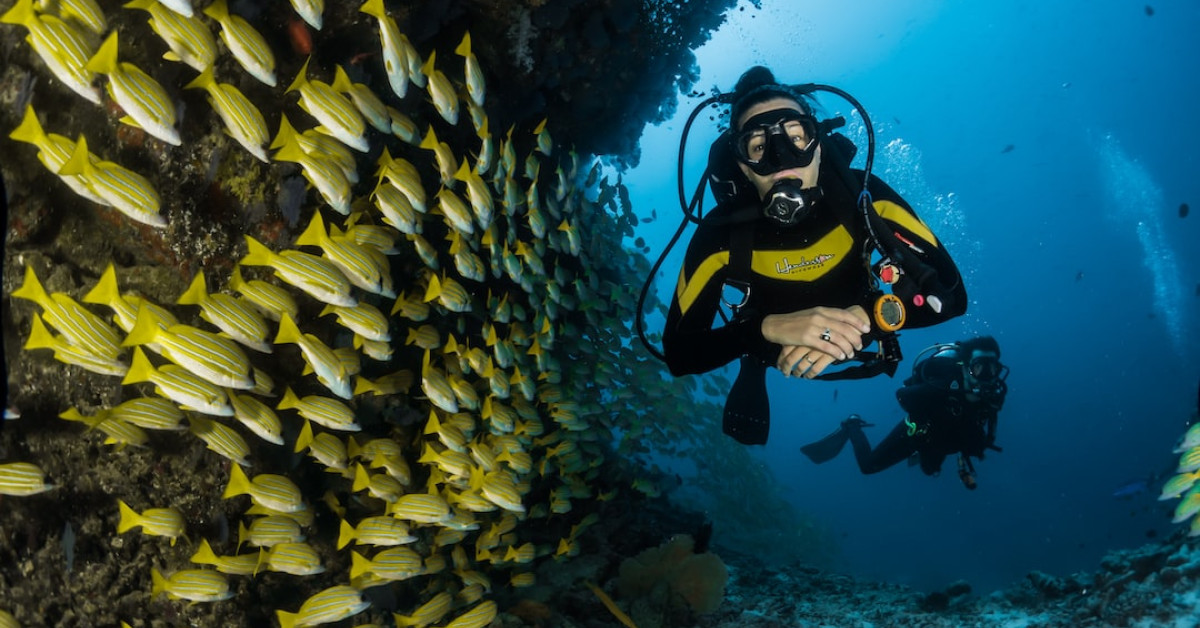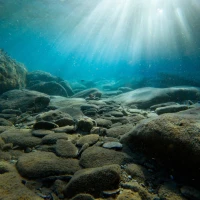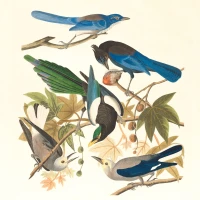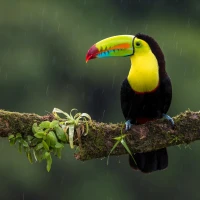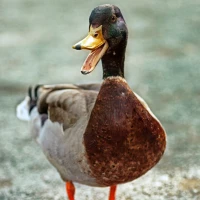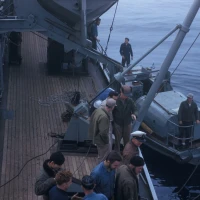The ocean, a vast expanse covering over 70% of our planet’s surface, is a realm filled with mystery and wonder. One of its most fascinating phenomena lies in the art of diving – not by humans, but by the remarkable birds that slice through the water as effortlessly as they navigate the skies. Diving birds embody the perfect amalgamation of air and water, a marvel of evolution that allows them to hunt beneath the waves. But what is the secret that enables these avian divers to thrive in such different environments, and how do they shape the underwater world? Join us as we dive deep into the mystique of diving birds, unraveling the secrets that have intrigued ornithologists and nature lovers alike for centuries.
The Magnificent World of Diving Birds
Beneath the ocean’s surface, an extraordinary spectacle unfolds as diving birds embark on their underwater journeys. With precision and grace, these birds have adapted to dual realms, boasting remarkable physiological features that support their amphibious lifestyle.
Evolutionary Adaptations of Diving Birds
Diving birds, such as penguins, auks, and cormorants, exhibit superb adaptations that blur the line between sea and sky. These adaptations include:
- Streamlined Bodies: A sleek physique reduces drag, allowing the birds to move swiftly through the water.
- Powerful Muscles: Strong pectoral muscles provide propulsion, much like the flippers of a marine mammal.
- Specialized Vision: Their eyes adjust to varying light levels, enabling them to see clearly above and below the water surface.
- Air Management: The ability to expel air from their feathers and lungs helps reduce buoyancy for better diving efficiency.
Behavioral Patterns of Diving Birds
Diving birds display unique behaviors that optimize their hunting success and survival in aquatic environments:
- Strategic Breathing: They time their breaths for dives, conserving oxygen for prolonged submersion.
- Social Hunting: Some species hunt in groups, using teamwork to corral and catch prey.
- Feeding Techniques: Varying from species to species, these techniques can include pursuit diving, plunge diving, or bottom feeding.
The Art of Diving: How Birds Master the Depths
Mastering the art of diving requires an intricate balance of biology and technique, where each species has fine-tuned its approach to thrive in its specific niche.
The Physics Behind the Dive
When birds dive, they must overcome challenges such as water resistance and pressure. The physics of their dives include: moondance eyeshadow beauty for real
- Dive Dynamics: Calculating the angle and depth of each dive for maximum efficiency.
- Buoyancy Control: Regulating their buoyancy throughout the dive for rapid descent and ascent.
Anatomical Masterpieces
The anatomy of a meditation for diving bird is a testament to evolutionary craftsmanship:
- Air Sacs and Lungs: Unique respiratory systems support breath-holding and rapid gas exchange.
- Waterproof Feathers: Feather structure and preening behaviors keep them insulated and buoyant.
- Webbed Feet or Flippers: Shaped for optimal propulsion, these appendages act as rudders for navigation.
Conservation Concerns for Diving Birds
The lives of diving birds are not without challenges. As sensitive indicators of ocean health, they face split diving accident multiple threats:
Human Impact and Ecosystem Changes
- Overfishing: Affects prey availability, forcing birds to compete with fisheries.
- Pollution: Oil spills and plastic waste pose lethal risks to their well-being.
Climate Change Effects
- Rising Sea Temperatures: Disruptive to food chains, affecting the distribution of prey species.
- Habitat Loss: Melting ice and changing coastlines impact nesting and breeding areas.
Insightful Observations: Diving Birds in Action
Documenting the behaviors of diving beyond limits birds offers a window into their underwater exploits:
Techniques and Tools
Modern technology has enhanced our understanding:
- Tracking Devices: Satellite tags and time-depth recorders provide data on diving depth and duration.
- Underwater Cameras: Visual documentation brings the secrets of their dives to the surface.
The Human Connection: Diving Alongside Birds
Humans have much to learn from diving birds. From freediving enthusiasts to submarine engineers, we draw inspiration from their adaptations and finesse.
Lessons from Avian Divers
Both awe-inspiring and educational, the techniques of diving birds can inform human practices in:
- Underwater Exploration: Mimicking their streamlined forms in underwater vehicles.
- Breath-Hold Diving: Free divers apply similar breathing techniques to extend their dive times.
Witnessing the Spectacle: Where to Observe Diving Birds
For those eager to witness the majesty of diving birds, certain hotspots around the globe offer prime viewing opportunities:
Top Destinations for Bird Watching
From the icy waters of Antarctica to the rugged coasts of the North Atlantic, prime locations include:
- Galápagos Islands: Home to the blue-footed booby and its theatrical plunge dive.
- Farne Islands, UK: A sanctuary for puffins and their expert fishing dives.
Comparing the Great Divers: A Chart of Specialized Species
To highlight the range of diving skills and traits, a comparison chart details the attributes of select diving birds:
| Species | Habitat | Dive Depth | Technique |
|---|---|---|---|
| Emperor Penguin | Antarctic | Up to 565 meters | Pursuit Diving |
| Brown Pelican | Coastal | Up to 20 meters | Plunge Diving |
| Atlantic Puffin | North Atlantic | Up to 60 meters | Wing-propelled Diving |
Preserving the Enigma: Conservation Efforts
Conservation is crucial for the survival of diving birds. Protected areas, sustainable fishing, and pollution control measures are just a few steps being taken to safeguard these avian wonders.
Joining the Cause for Conservation
Public awareness and action are key to supporting these efforts:
- Supporting Wildlife Organisations: Engaging with groups dedicated to marine conservation.
- Promoting Sustainable Practices: Advocating for eco-friendly choices that benefit ocean health.
Conclusion: The Continual Discovery of Diving Birds
The secret of the ocean’s diving birds remains a complex tapestry of behavior, physiology, and ecology. As we strive to better understand and protect these magnificent creatures, they continue to captivate and educate, reflecting the ever-present mystique of our planet’s blue heart.
In the depths, through the interplay of wing and wave, diving birds unravel a story woven into the very fabric of the ocean. It is a tale of resilience, adaptation, and the enduring struggle for survival—one that we must wholeheartedly commit to preserving for future generations to marvel at.
